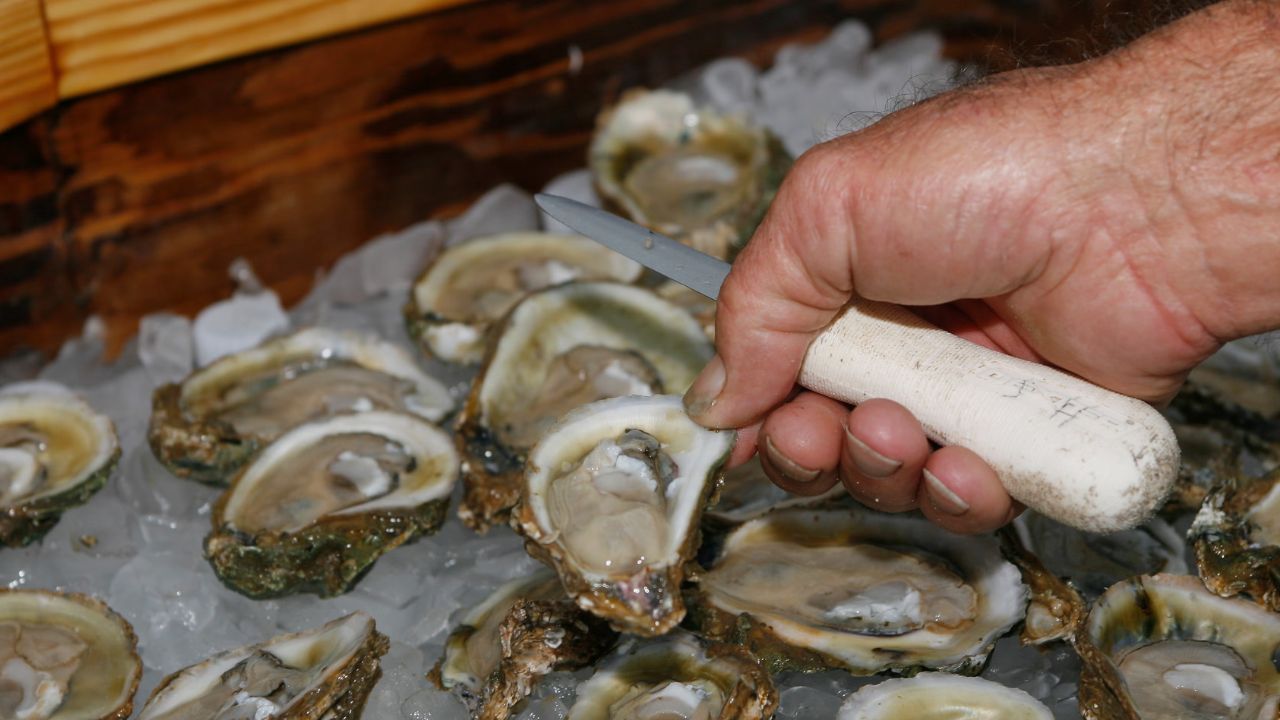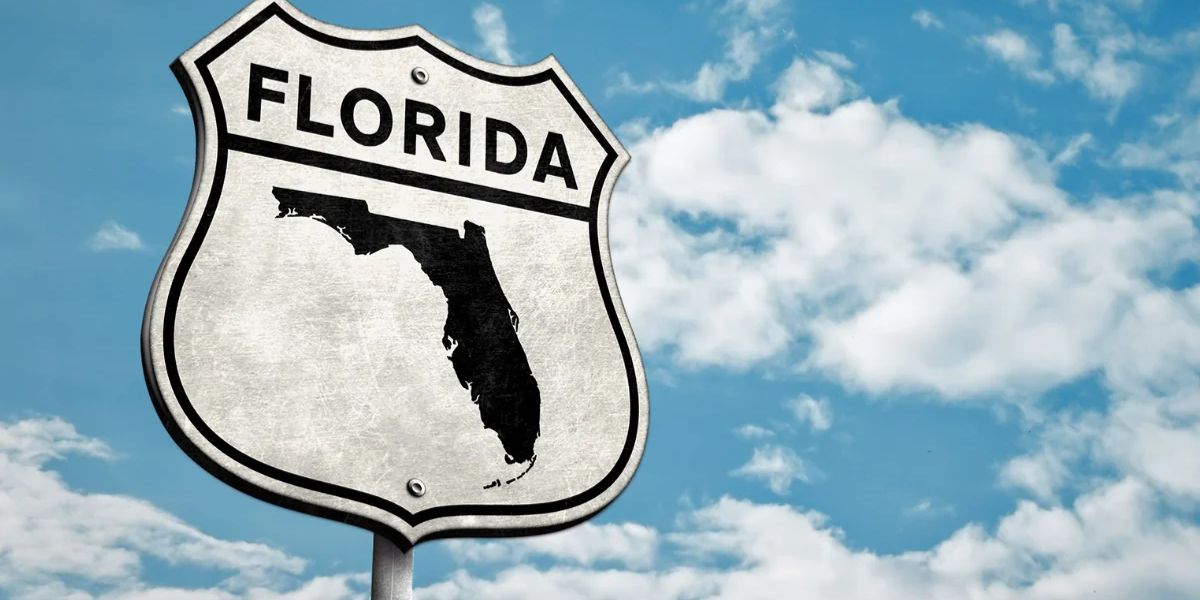Louisiana — Health officials are warning residents and visitors to exercise caution after two people died from a flesh-eating bacterial infection linked to eating raw oysters. The Louisiana Department of Health confirmed this week that the victims were infected with Vibrio vulnificus, a dangerous bacterium commonly found in warm Gulf Coast waters.
The tragic deaths have renewed concern over seafood safety and the risks posed by consuming raw shellfish, especially during the warmer months when Vibrio infections peak.
What Is Vibrio vulnificus?
Vibrio vulnificus is a naturally occurring bacterium in warm, brackish waters, especially along the Gulf of Mexico. According to the Centers for Disease Control and Prevention (CDC), Vibrio can infect humans in two main ways:
- Eating raw or undercooked seafood, particularly oysters
- Exposure of open wounds to seawater where the bacteria live
Health experts emphasize that while most seafood-related illnesses cause mild stomach upset, Vibrio vulnificus can be life-threatening, leading to bloodstream infections, amputations, or even death within a matter of days.
Details of the Louisiana Cases
As per NBC report, Louisiana officials revealed that the two recent deaths were tied to oyster consumption. One victim was a Louisiana resident, while the other was from out of state. Both cases were discussed this week during a Louisiana Oyster Task Force meeting, which highlighted the dangers of Vibrio infections associated with raw oysters harvested from local waters.
The Louisiana Department of Health also confirmed that two additional deaths from Vibrio vulnificus this year were linked to wound exposure, bringing the total to four statewide fatalities in 2025.
Sharp Rise in Infections This Year
So far in 2025, Louisiana has reported 22 Vibrio vulnificus cases requiring hospitalization. Alarmingly, more than 80% of these cases were caused by open wound exposure to seawater rather than food consumption.
To put the surge into perspective:
- Average over the past decade: 7 cases and 1 death annually
- This year alone: 22 cases and 4 deaths
The increase has raised red flags among health officials, who stress that climate change and warming waters may be fueling the rise in bacterial infections across the Gulf Coast.
Risks Beyond Louisiana
Louisiana is not alone in facing this public health issue. Florida’s Department of Health has already reported 23 Vibrio vulnificus cases and 5 related deaths in 2025. Other Gulf Coast states, including Texas and Mississippi, also report infections each summer.
While the infection remains relatively rare, the fatality rate is high. The CDC notes that about 1 in 5 people with Vibrio vulnificus infections die, sometimes within just 48 hours of falling ill.
Who Is Most at Risk?
Doctors caution that certain groups are more vulnerable to severe illness from Vibrio infections, including:
- Individuals with weakened immune systems
- People with liver disease, diabetes, or cancer
- Those who regularly consume raw shellfish
Even healthy adults can be affected if the bacteria enter through an open cut, scrape, or surgical wound exposed to contaminated seawater.
Read Also: Kansas City Officer Hunter Simoncic Killed by Suspect While Deploying Stop Sticks
Safety Precautions for Residents and Visitors
The Louisiana Health Department is urging people to take preventive measures, including:
- Avoid eating raw or undercooked oysters and other shellfish
- Cook seafood thoroughly before consumption
- Wear gloves or waterproof coverings when handling raw seafood
- Avoid swimming or wading in seawater with open cuts or sores
- Seek immediate medical care if symptoms such as fever, vomiting, or skin infections develop after oyster consumption or seawater exposure
Preserving Louisiana’s Oyster Industry
Louisiana’s oyster industry is a major part of the state’s culture and economy. However, the recent deaths have raised concerns among consumers. State officials and seafood advocates stress that cooked oysters and other shellfish remain safe to eat. The goal is to balance public safety with supporting local fisheries, which have already been challenged by environmental changes and market pressures.
Final Thoughts
The recent deaths in Louisiana serve as a sobering reminder of the risks associated with eating raw oysters and the growing public health threat posed by Vibrio vulnificus. As Gulf Coast waters continue to warm, experts predict that infections may become even more frequent in the years ahead.
Health officials urge the public to make informed choices, take precautions, and seek medical help quickly if symptoms arise.
What are your thoughts on the rising number of Vibrio cases? Should states increase regulations on raw oyster sales, or should it remain a personal choice for consumers? Share your views in the comments on ibwhsmag.com.


 by
by 

